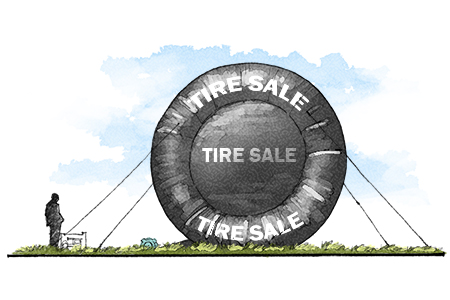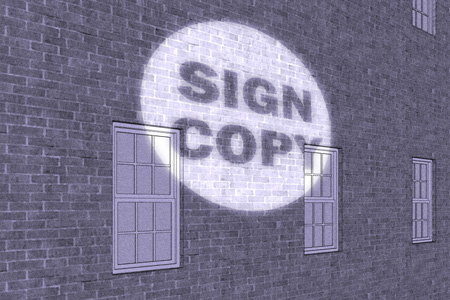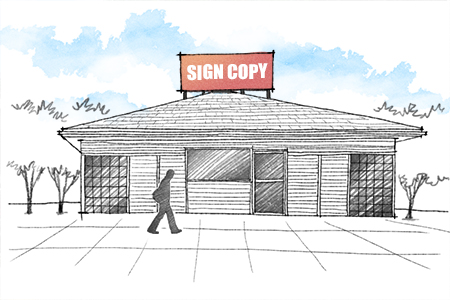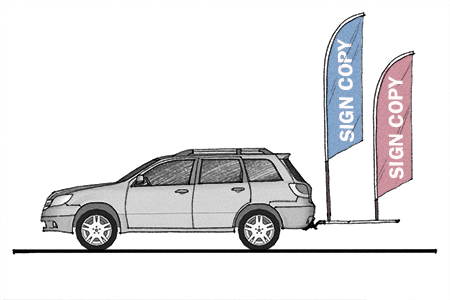All permitted signs must comply with the following standards:
(a) A sign shall not resemble, imitate, or approximate traffic or railroad signs, signals, or devices.
(b) A sign shall not obstruct or interfere with the effectiveness of railroad or traffic signs, signals, or devices.
(c) A sign shall not cause glare, mislead or confuse traffic, or impair driver visibility on public ways, private roadways, or adjoining properties.
(d) A sign shall not be erected, relocated, or maintained so as to prevent free ingress to or egress from any door, window, stairway, fire escape, or driveway.
(e) A sign shall not be attached to a standpipe or fire escape.
(f) A sign shall not be attached to a tree or painted on rocks.
(g) Balloons, ribbons, or any other attention-getting devices attached to signs may be prohibited at the discretion of the Building Inspector. The Building Inspector shall provide a 24-hour verbal notice for removal, or a 72-hour written notice prior to issuing a citation for violation of this subsection. .
(h) A sign shall not flash, blink, strobe, or be animated, except as specifically allowed in this chapter.
(i) A sign shall not oscillate or rotate, or move in any other manner.
(j) A sign shall not emit an audible sound, odor, or visible matter (e.g., bubbles, steam).
(k) A sign must comply with any state and local building codes as applicable.
(l) When a sign is authorized to contain electrical power or when a sign is illuminated by one or more external light fixtures, the electric wire providing the electric power to the sign or the light fixture must be placed underground.
(m) A sign shall not be placed on a telecommunication tower, except as required or permitted under the City’s zoning code.
(n) A sign shall comply with state law, including § 944.21, Wis. Stats.
Source: Section 31.220 of the sign regulations
The following signs are not allowed in the City.
(1) Any sign that is not specifically allowed.
(2) Any sign located on public property, including a public right-of-way, unless specifically approved by the jurisdiction having authority over such public property.
(3) Vehicle signs
(4) Inflatable signs
(5) Roof signs
(6) Projected signs (e.g., holographic)
(7) Any sign that does not comply with state law, including § 944.21, Wis. Stats.
The illustrations below depicted some of the sign types that are specifically prohibited.

© ZoningHub

© ZoningHub

© ZoningHub

© ZoningHub

© ZoningHub

© ZoningHub

© ZoningHub

© ZoningHub

© ZoningHub
